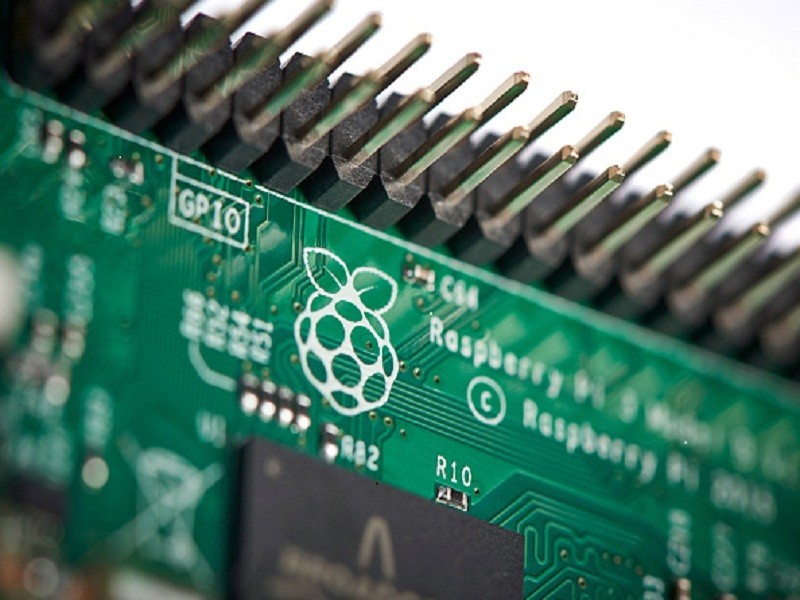
The Raspberry Pi Foundation is known for its affordable instruments primarily designed to teach and promote computer programming. Enthusiasts have immediately embraced the products and used these in various projects such as a photo booth station and a two-player arcade cabinet.
Although the credit card-sized Raspberry Pi computers aren't as fast as high-end computers, they contain the necessary functions expected from a computer. Like the previous generations, the latest model - the Raspberry Pi 3 - runs on the Linux-based Raspbian OS and its power consumption level is minimal.
Since the Pi is an open hardware, a lot of people integrate the board into their designs. A particular element, the System on Chip (SoC), which runs the CPU, the memory, the graphics card and other related functions, can be acquired at hardware stores. The SoC varies depending on the project that is being done.
One of the interesting projects where the Raspberry Pi can be applied is in cars not equipped with onboard diagnostics version 2 (or OBD-II). Whether a pre-OBD-II vehicle has a limited range of technological components or its accessories may not be working anymore, the addition of a digital display on its dashboard is possible using a Raspberry Pi and a digital touch screen.
This particular Raspberry Pi project can be applied on any pre-OBD II Nissan car with a consult port. It is through this port where data from the car will pass through. When the project is completed, the car will be displaying a technology that can show the status of one or more systems. The upgraded panel can show the speed, revolutions per minute and engine temperature depending on what users program the Pi to do.
YouTube user 240SF created a digital dash for his Nissan 240SX S14 with a Raspberry Pi 3, a Raspberry Pi Foundation 7-inch touch screen display and a Mausberry Circuits power supply, and documented the project in a video.
Installing the console dash on the Raspberry Pi would require expanding the file system first if the Pi is newly installed. Next up to be installed are Node.js, Chromium to connect to the webpage where the car's stats are shown, the dash software and then the script for the power supply.
The touch screen display is vital since this will be the main control system. Tapping here will activate the selected options to show the car's stats. Aside from the speed, the RPM and engine temperature, other additions like warning signals and lights can also be integrated into the digital dashboard.
The Mausberry Circuits power supply is used to draw power from the car battery and also shuts the Raspberry Pi system down when the ignition is turned off. Check out 240SF's completed project below.
ⓒ 2025 TECHTIMES.com All rights reserved. Do not reproduce without permission.




